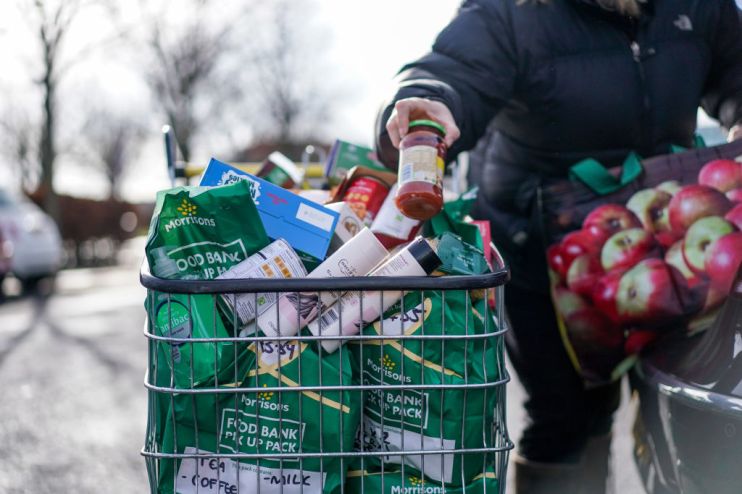UK inflation to scale to twin peaks in April and October

Inflation in the UK will have twin peaks this year in a sign that households will absorb a double hit to their living standards.
At the start of the year, the cost of living was originally forecast to peak in April, driven by the energy watchdog hiking the cap on energy bills 54 per cent.
However, Russia’s invasion of Ukraine, compounded by higher than expected food inflation as a result of ongoing supply chain disruption and raw material shortages, has led economists to pencil in a double inflation hit this year.
Analysts at Bank of America think the rate of price rises will reach 8.3 per cent this month and then hit 7.4 per cent in October, both higher than first thought.
The Bank of England will respond sharply to the rampant cost of living, hiking interest rates a further four times this year, taking its total number of hikes to six, the most in a calendar year since 1988.
Central banks are facing a tough judgement call over whether to rapidly hike rates to get on top of historically high inflation or leave monetary policy semi-supportive to avoid plunging their countries’ into a recession.
Experts are forecasting households to slash spending amid one of the worst falls in living standards in the UK in modern times.
“On the one hand inflation will cut real incomes enough to risk recession, but inflation will be high for such an extended period that we think the BoE cannot rely on inflation expectations behaving,” Bank of America analysts.
JP Morgan also thinks Threadneedle Street will lift borrowing costs six times this year.
The sharp policy shift stands in contrast to the Bank’s agenda for around the last year and a half when it left rates at a record low 0.1 per cent to provide a floor for the UK economy through the Covid-19 crisis.
Ofgem’s next price cap adjustment takes effect in October and is expected to add a further 22 per cent to households’ energy bills, contributing to a more drawn out inflation rally.
Even by October 2023, inflation will still be running at 3.5 per cent, Bank of America said.
The largest driver for the American investment bank hiking its inflation forecasts was “stronger food and utility price inflation driven by developments in wholesale costs since our last forecast,” analysts said.
Experts have warned that Russia’s invasion of Ukraine will leave food prices elevated due to supplies from the countries being choked off by the conflict.
Russia is one of the world’s biggest fertiliser producers, while Ukraine is known as the “breadbasket” of Europe due to it being a linchpin in the grain market.